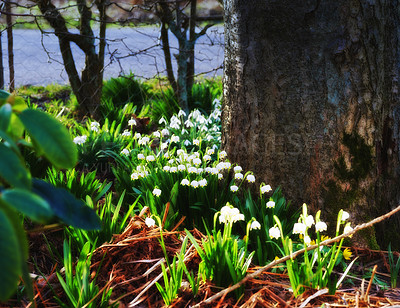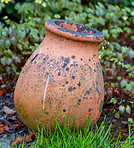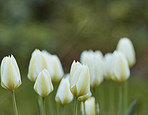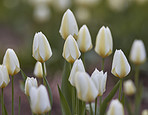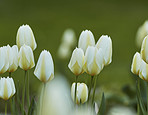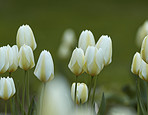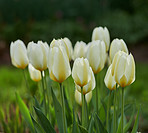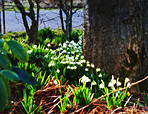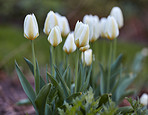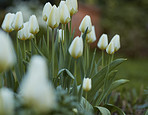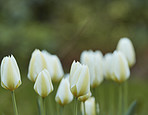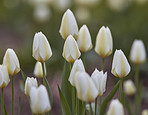Stock Photo - Common snowdrop - Galanthus nivalis
Galanthus nivalis was described by the Swedish botanist Carl Linnaeus in his Species Plantarum in 1753, and given the specific epithet nivalis, meaning snowy (Galanthus means with milk-white flowers). This narrow-leaved snowdrop, with its delicate white hanging flowers, has become very popular in cultivation and is commonly planted in gardens and parks. It is now a familiar sight even in the British Isles and northern France where it is not native. Snowdrops and their bulbs are poisonous to humans and can cause nausea, diarrhoea and vomiting if eaten in large quantities. - Stock Photo
Stock photo ID: 1819339
How do you plan to use this image?
Choose Size and Download
